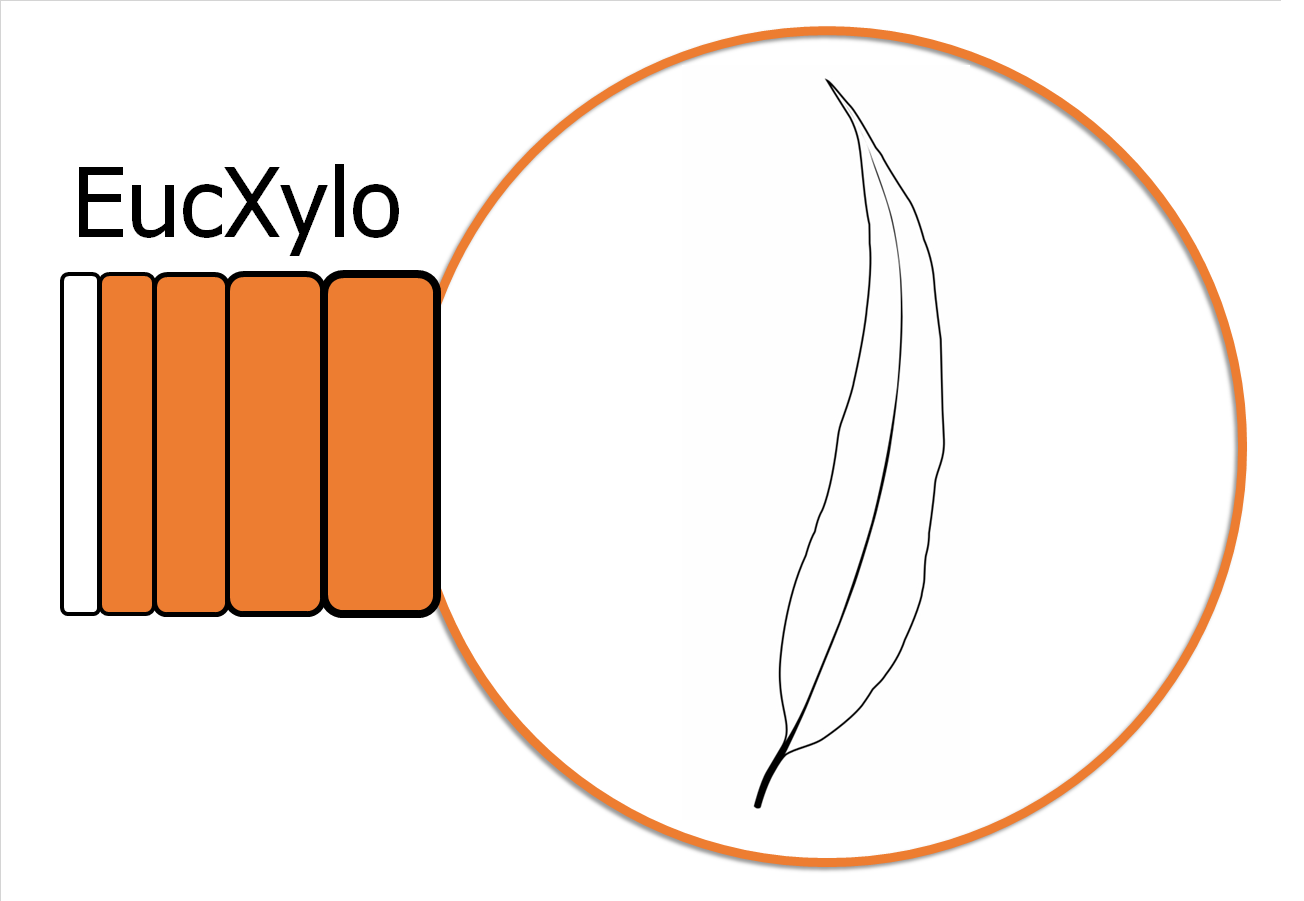
The Hans Merensky Chair in Advanced Modelling of Eucalypt Wood Formation
Understanding xylogenesis in the world's most widely planted hardwood species
Effects of water availability on eucalypt xylogenesis
Post authored by Ph.D. candidate Rafael Keret
Water availability is a major abiotic component which can drastically influence plant growth and development. Our goal is to determine what differences in stem morphology and cellular features may arise in response to different levels of water availability in Eucalyptus grandis. Once we find discernable differences, we will have the first piece of the puzzle to begin to understand what mechanisms these trees put in place to cope with drought.
To determine the impact of water deficit on Eucalyptus grandis’ stem structure, a pilot experiment was conducted with multiple saplings over a 2-week growth period. Half the saplings received ample water (to field capacity) daily, whilst the others received reduced amounts of water (up to 30% field capacity). To visualize the stem structure, thin sections of the stem tissues were cut by hand, and stained with both Safranin and Astra Blue. Seeing that this is a selective staining technique, vibrant images highlighting the walls of lignified cells (stained pink) and cells lacking lignin (stained blue) can be obtained (see Figures). The majority of the pink (lignified) cells are presumed to be non-living at the time of sectioning, as the presence of lignin typically signifies that the cell has reached the end of its developmental cycle and has ‘died’ in order to form particular functional components of xylem (either xylem fibers or vessels, in the case of these Figures). On the contrary, the blue cells were typically living: those that are closely opposed to the xylem side of the cambium (i.e. the side of the internal pith) were ‘xylem mother cells’ which were still differentiating into mature xylem components, while the blue cells which surround mature xylem vessels represent living xylem parenchyma (another important xylem tissue type).

Figure A is a hand section of an E. grandis sapling which has been ‘well-watered’. In contrast, Figure B is a section of a drought-stressed E. grandis. Both Figures A and B have been magnified at the 40x objective. When looking at the plants which have received more water (e.g. Figure A), we can see that the cells on the xylem side of the cambium are comprised of more cellulose (i.e. are staining more blue) when compared to the plants receiving less water (e.g. Figure B, which is stained more pink). This seems to indicate that the process of differentiation – from the unlignified xylem mother cells to mature xylem with lignin-impregnated walls – is accelerated in the eucalypts that have been water deprived. Furthermore, rapid differentiation may explain the decreased vessel lumen area seen in Figure B. This elevated differentiation rate may have provided the cells, including vessels, with a reduced period for expansion during xylogenesis, and additionally the increased rigidity of the cells due to lignification restricts further expansion. Lastly, the secondary cell walls in Figure B also appear to be thicker and layered with more lignin, which may serve to prevent the xylem from collapsing due to the more extreme negative pressures generated during water deficits.

Figures C and D yet again represent cross sections of E. grandis stems which have been well-watered, and drought-stressed, respectively. These have also been stained with Safranin-Astra Blue double staining, and are magnified at the 10x objective. If we pay attention to the regions near the cambium (demarcated by the red arrows), these are the most juvenile cells of the stem, and consequently are the most likely candidates to have formed during the 2-week growth period. Yet again we see the lower degree of lignification in the juvenile cells in the well-watered (Figure C) as opposed to the droughted eucalypts (Figure D), with the latter staining more pink. Furthermore, we see that there are far more new vessels formed within the cambial-proximal zone in the well-watered plants as opposed to the droughted plants.
This mini experiment may have already provided us with some clues as to how E. grandis may respond to drought: potentially by reducing the vessel lumen area, thus providing a higher degree of resistance to embolism when compared to larger vessels. The higher degree of lignification also offers greater resistance against vessel collapse, and lastly the fewer vessels observed in the droughted plants may arise from the plants conserving resources during drought periods (only producing as many vessels as the limited supply of water justifies).
This small pilot study is currently being replicated on a larger scale to verify these observations. Additionally, the genetic underpinnings of these morphological changes will be investigated in future.